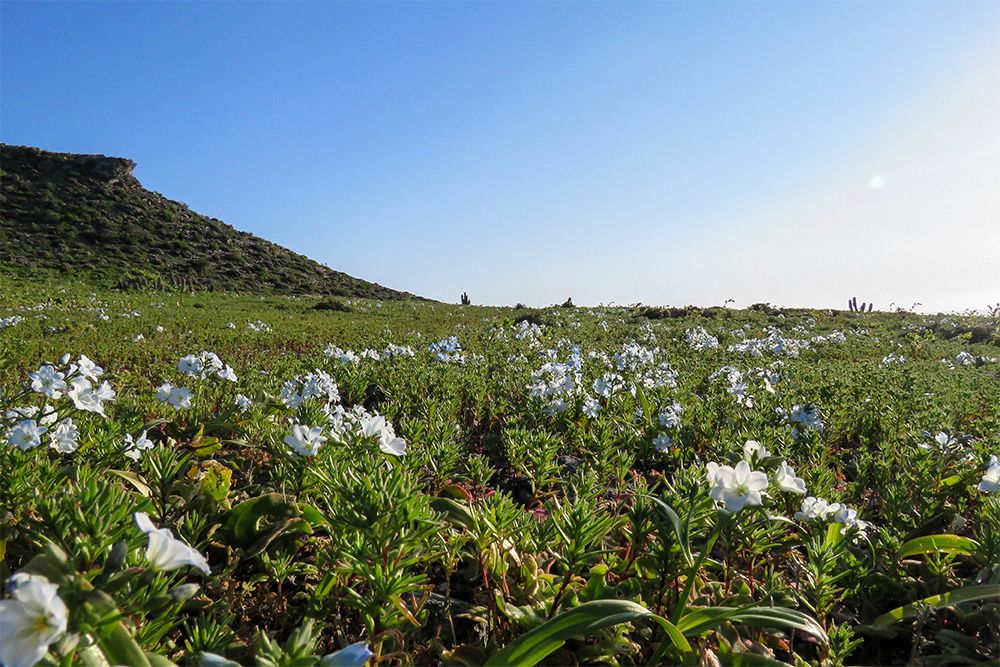May 19, 2025
UNOC 3 Position Paper
Read our position paper on The 3rd United Nations Ocean Conference (UNOC 3) to see why we're attending and what we aim to accomplish!
We use cookies to help you navigate efficiently and perform certain functions. You will find detailed information about all cookies under each consent category below.
The cookies that are categorized as "Necessary" are stored on your browser as they are essential for enabling the basic functionalities of the site. ...
Necessary cookies are required to enable the basic features of this site, such as providing secure log-in or adjusting your consent preferences. These cookies do not store any personally identifiable data.
Functional cookies help perform certain functionalities like sharing the content of the website on social media platforms, collecting feedback, and other third-party features.
Analytical cookies are used to understand how visitors interact with the website. These cookies help provide information on metrics such as the number of visitors, bounce rate, traffic source, etc.
Performance cookies are used to understand and analyze the key performance indexes of the website which helps in delivering a better user experience for the visitors.
Advertisement cookies are used to provide visitors with customized advertisements based on the pages you visited previously and to analyze the effectiveness of the ad campaigns.

Two reports published this month reveal the threats species around the world are facing. One report published by the Intergovernmental Science‑Policy Platform on Biodiversity and Ecosystem of the United Nations revealed that one million species of plants and animals are at risk of extinction. Another identified a new species of bat—identical in appearance to another but with slightly different genetic traits, now with climate change, these differences could mean extinction versus survival.
Although the threat of the sixth mass extinction has loomed over us in recent years, these reports seemed to show the gravity of the situation and showed that human activity is the driver of this biodiversity loss.
The UN paper pointed to five leading causes of extinction which have all come about due to human activity. One of these causes is the introduction of invasive species. Whether through the pet trade or by means of accidental introductions, such as the spread of invasive rats around the world, virtually all ecosystems have been impacted by these damaging introductions.

Island ecosystems which are home to 41% of Endangered and Critically Endangered vertebrates in many cases have been hit the hardest by invasive species. Luckily, islands also present a unique circumstance where we can make a positive and lasting change for biodiversity conservation—we can remove invasive species.
Not only do native species recover almost overnight, but creating safe habitat also builds resilience so that as species face threats such as climate change, they have a fighting chance. Island Conservation Director of Conservation, Erin Hagen explains:
As populations continue to grow, there’s often more genetic variability that can develop and persist in those populations, which helps them adjust to any future scenarios, including different climate scenarios.”
Restoring islands does not just mean saving one species, it means providing a safe habitat to give species a chance to adapt and thrive to environmental changes as they occur.
Read the WIRED article here.
Featured photo: Polynesian Ground-dove. Credit: Island Conservation
Check out other journal entries we think you might be interested in.
Notifications